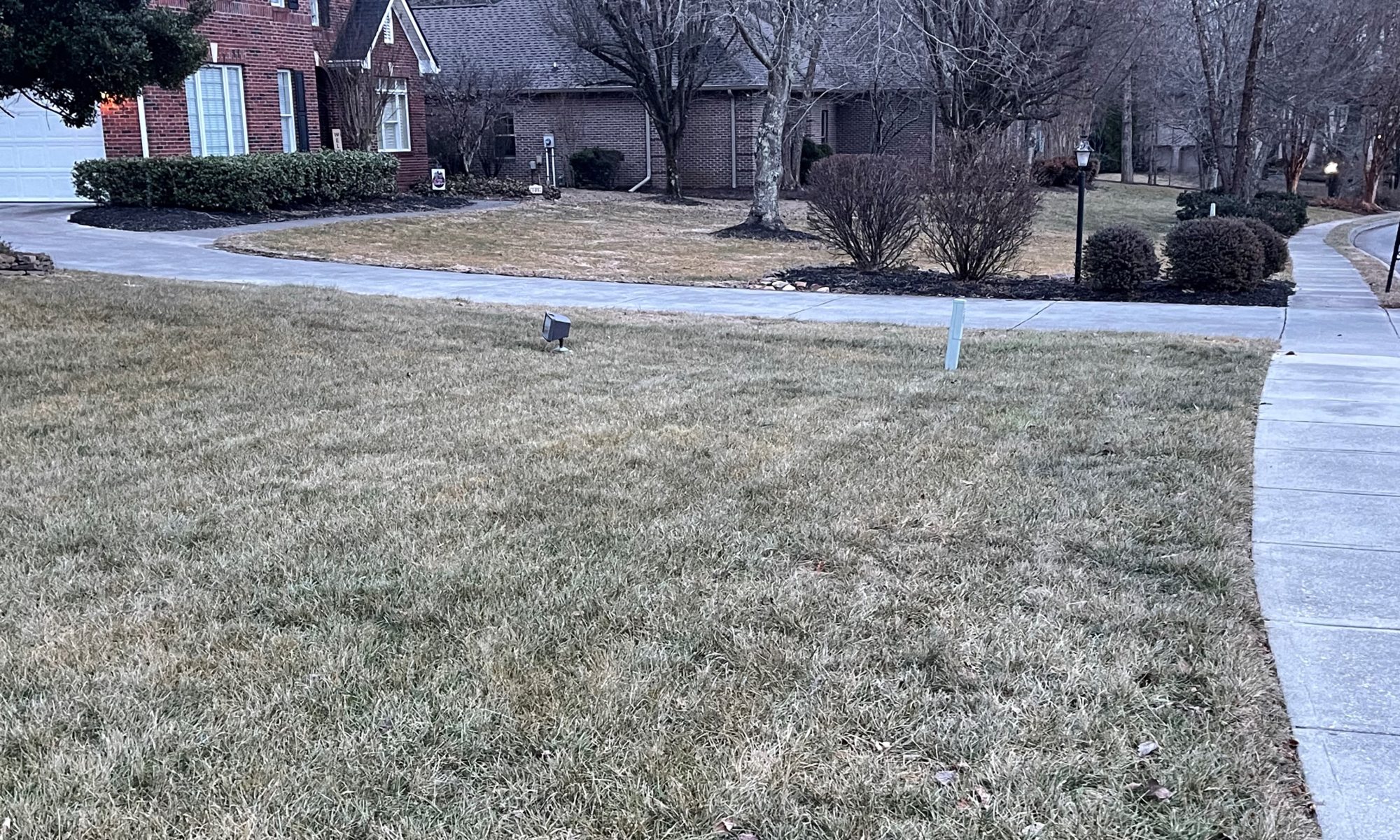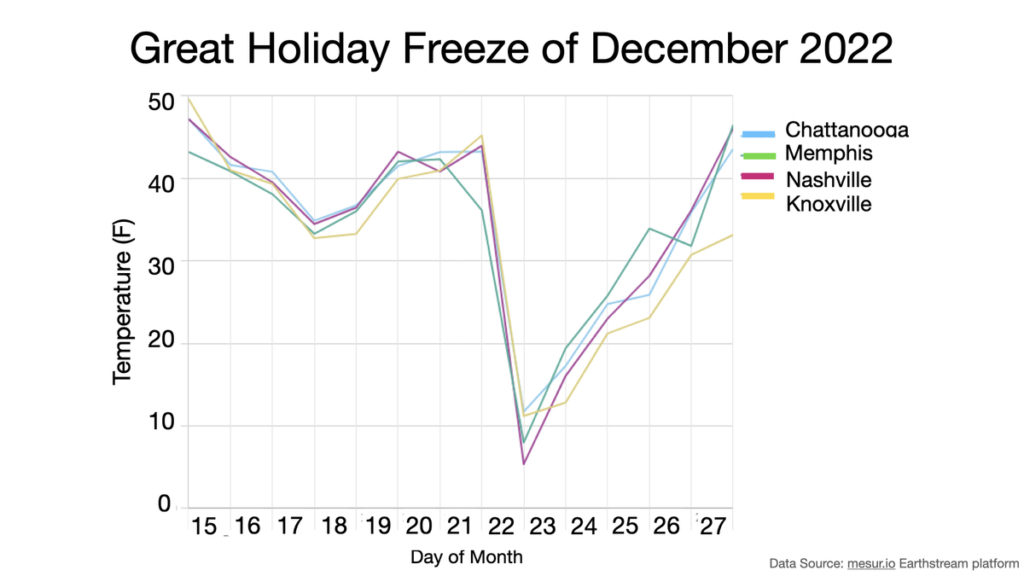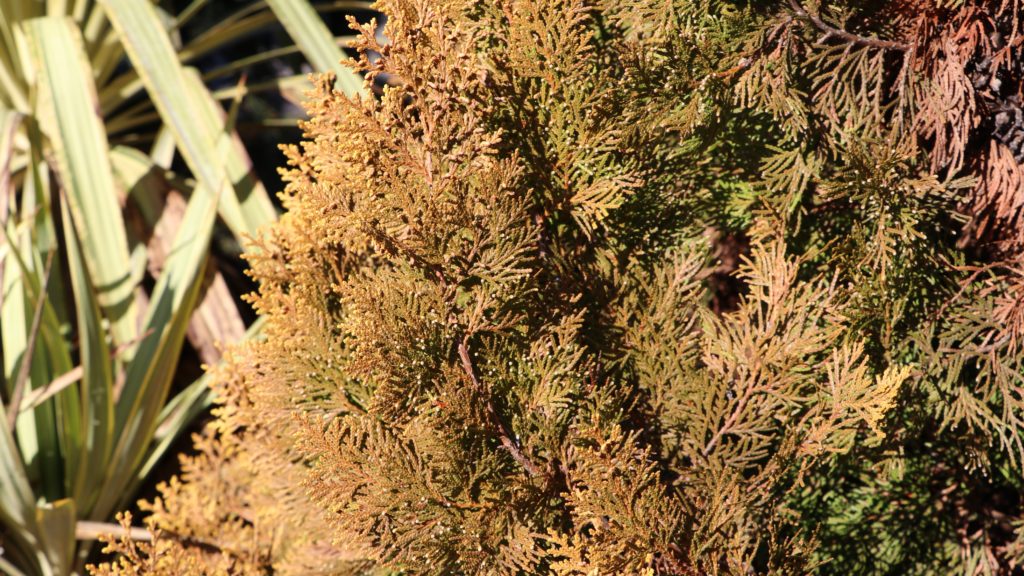
Tips from UT Extension on Managing Winter Weather Effects
KNOXVILLE, Tenn. — The 2022 holiday season blew in with a winter storm that will not soon be forgotten. In Tennessee, wind and cold temperatures impacted power grids and landscapes over the Christmas weekend. Now, many are starting 2023 with questions about the extent of damage and next steps to take for lawns and landscapes, and plant specialists with University of Tennessee Extension are responding with advice.
According to UT Extension plant experts, freeze damage in plants is largely the result of ice formation within the plant that then punctures cell walls, and the temperatures experienced across Tennessee in late December were severe enough for plant damage to occur. Additionally, the rapid temperature drop meant plants were less able to implement internal defense measures to tolerate low temperature stress. High winds also contributed to desiccation or drying that can injure plants.
During the evening and overnight hours from December 22 to 23, Memphis, Nashville and Knoxville experienced a 40-degree temperature plummet. This rapid drop was accompanied by gusty winds, and a temperature below 15 degrees F was sustained for 32 hours. Shockingly, temperatures didn’t rise above 32 degrees F for more than 80 hours.

Jim Brosnan, professor of turfgrass science, reports that “Most warm-season turfgrasses, such as zoysiagrass and bermudagrass, had already transitioned into winter dormancy before this event, so signs of damage won’t appear until warmer weather returns in the spring. Injury on cool-season turfgrasses is quite visible now with leaves that are usually green having brown, necrotic tissue.”
Many conifers are also showing a golden or brown coloration, but the full extent of the injury won’t be known for another few months. Low temperatures might have been especially harmful to zone 7 or 8 landscape plants, such as Aucuba, Camellia, Distylium, various hollies, Indian Hawthorn, Loropetalum, fig and more.
“Close inspection of boxwood and azalea may reveal the bark is split, cracked or peeling from the trunk. Because this disrupts the plant’s ability to move water from the roots to the leaves, plants with this type of damage are not expected to recover quickly, if at all,” says Amy Fulcher, professor of sustainable ornamental plant production.

Spring may reveal some woody species, such as crapemyrtle, killed to the ground or warm-season grasses, tender perennials and even borderline woody plants killed outright. The rapid change in temperature, magnitude of drop and duration of lethal temperature exposure may end up being a triple whammy. Only time will tell the full extent of this winter weather event says Natalie Bumgarner, associate professor of consumer horticulture and coordinator of the Tennessee Master Gardener Program.
For now, UT Extension advises that the best action may be to be patient and do nothing. Herbaceous non-woody plants, those that are borderline for our area (elephant ears, hardy lantana, calla, canna and more) as well as plants that are often evergreen (hardy ferns, Heuchera, Lenten rose and more) may have been killed to the ground. Leaving that now-dead aboveground tissue may provide a bit of insulation in the coming weeks for plants that survived.
“Don’t do extensive cleanup or mowing or a lot of pruning of woody plants,” advises Bumgarner. “Waiting until plants leaf out, or fail to leaf out, in the spring will give you the best indication of what to prune. But be patient, as plants like bigleaf hydrangea may not resume growth until as late as Mother’s Day, and flower buds except those that develop on new growth were likely damaged by the cold temperatures. Plus, pruning now could expose still-living tissue to further cold damage in the coming weeks.”
UT experts also say any concerns about whether a plant is still alive can be put to rest with a scratch test. Simply remove or scratch off a small section of bark on a few small stems or twigs to expose the cambium. Green tissue indicates a living stem. If the tissue is brown, then it is dead. Keep in mind that different plant tissues (leaves, buds and stems) on the same plant can vary in cold hardiness with roots being most sensitive to low temperatures. So, the impacts may differ due to plant tissue type, age and health as well as location due to drainage, snow cover, air flow and microclimates. Plants in containers on decks and patios will have more damage than those same plants in the ground because the roots are less insulated from the cold. Fertilization is not advised until spring.
In the short term, make sure to manage any drainage issues to prevent waterlogging on lawns and landscapes that are already stressed. Likewise, monitor moisture levels to ensure that landscape plants, especially evergreens, don’t dry out. For long-lived plants, the effects of such stress events may be variable and take a while to become evident. It is important to understand this and further reduce other stressors in the coming months as much as possible (manage pests, irrigate if needed and prune carefully).
As the effects of the winter storm become clear and you’re either relieved to see old plant favorites return or excited to select new plants for lawns and landscapes, connect with your county UT Extension office with any questions you have or visit UThort.com for lawn, landscape and garden resources.
Carrie Castille, senior vice chancellor and senior vice president of the UT Institute of Agriculture, reminds Tennesseans that a wealth of gardening, landscaping and land management resources are available for little or no cost online at the UT Extension publications website.
Through its land-grant mission of research, teaching and extension, the University of Tennessee Institute of Agriculture touches lives and provides Real. Life. Solutions. utia.tennessee.edu.